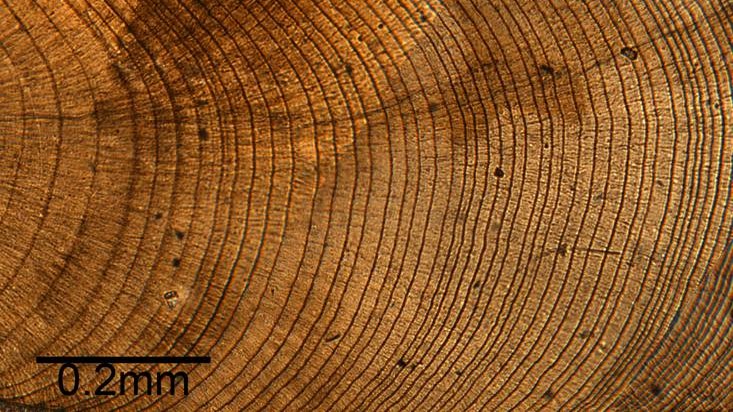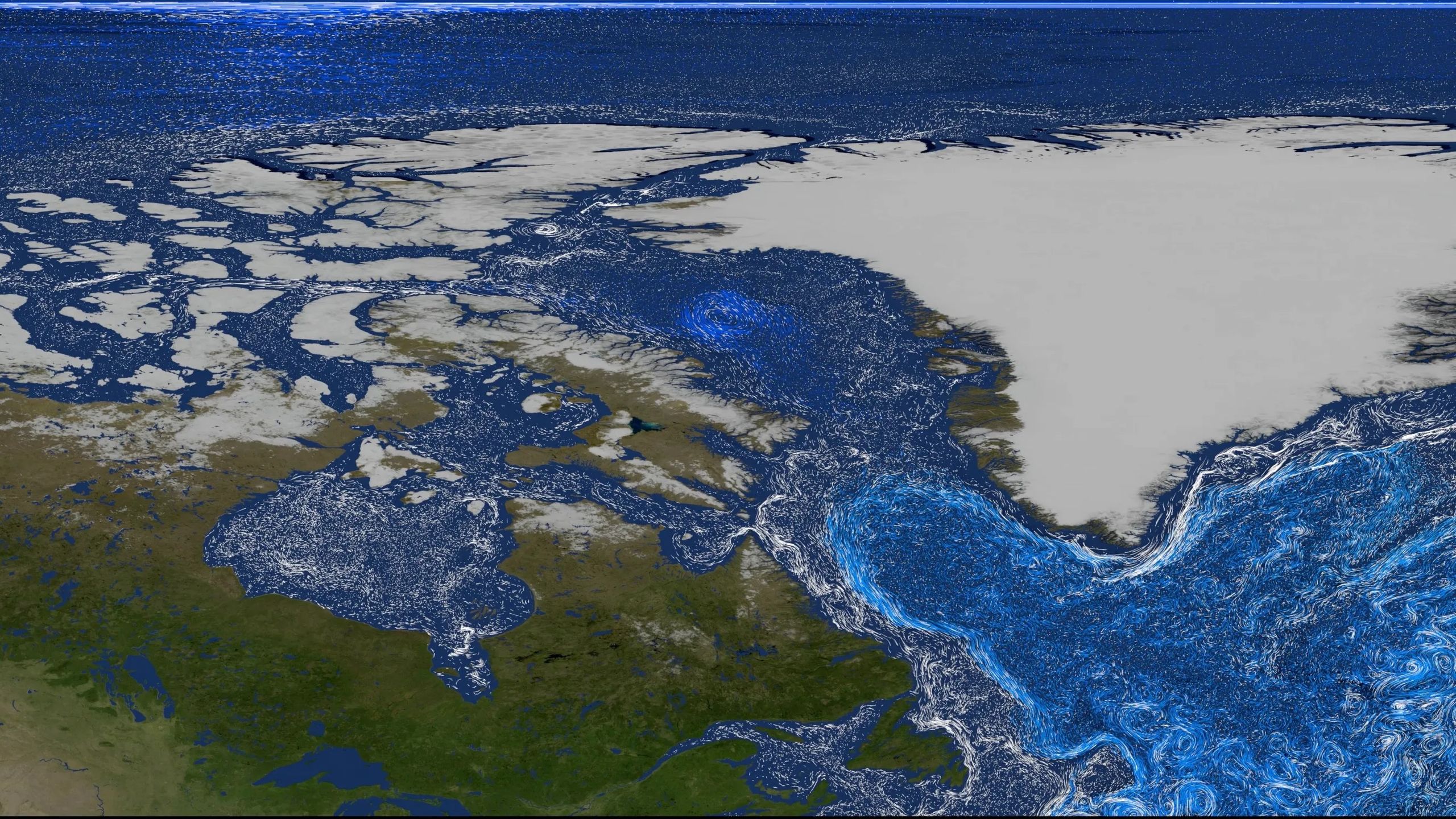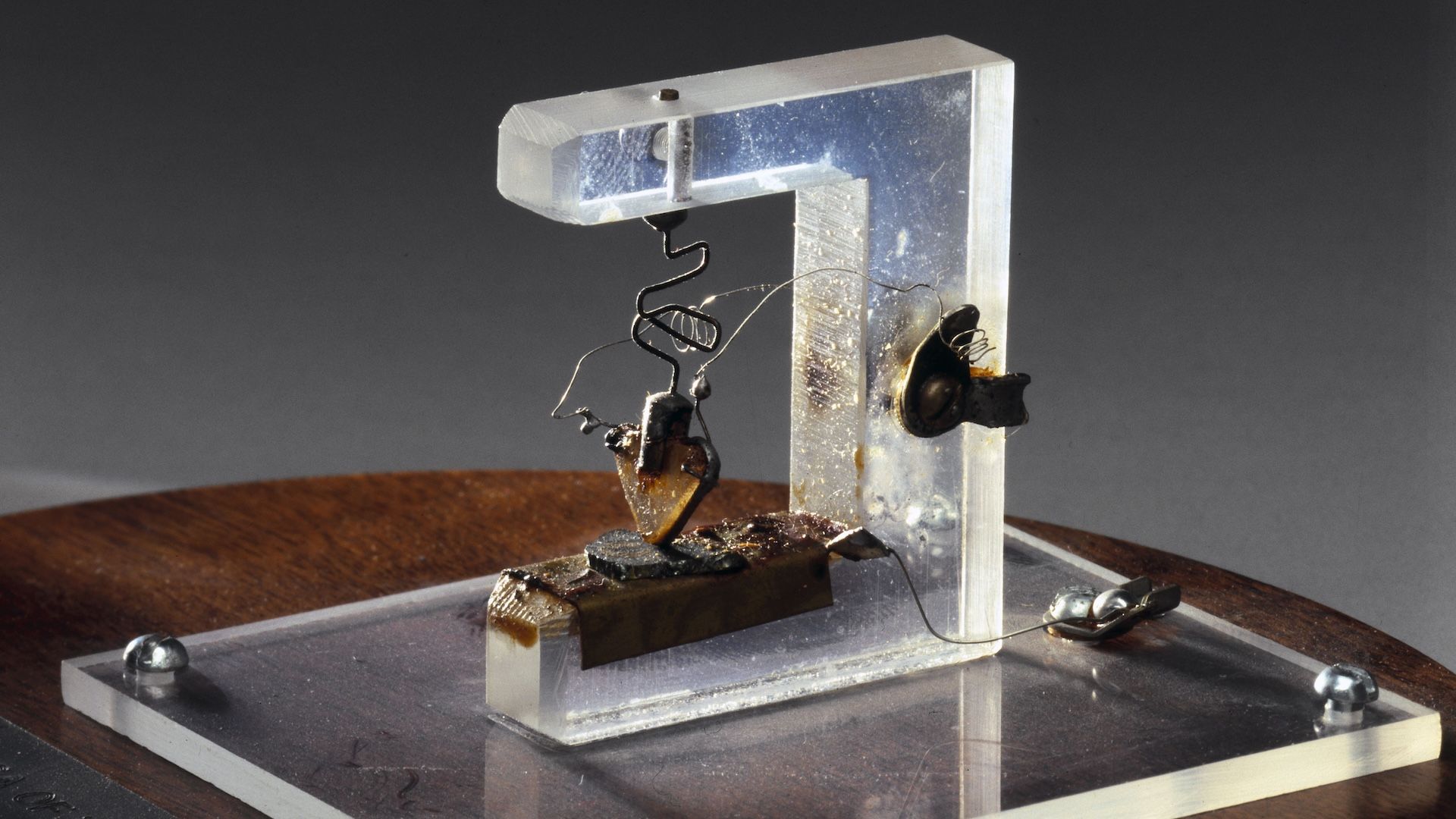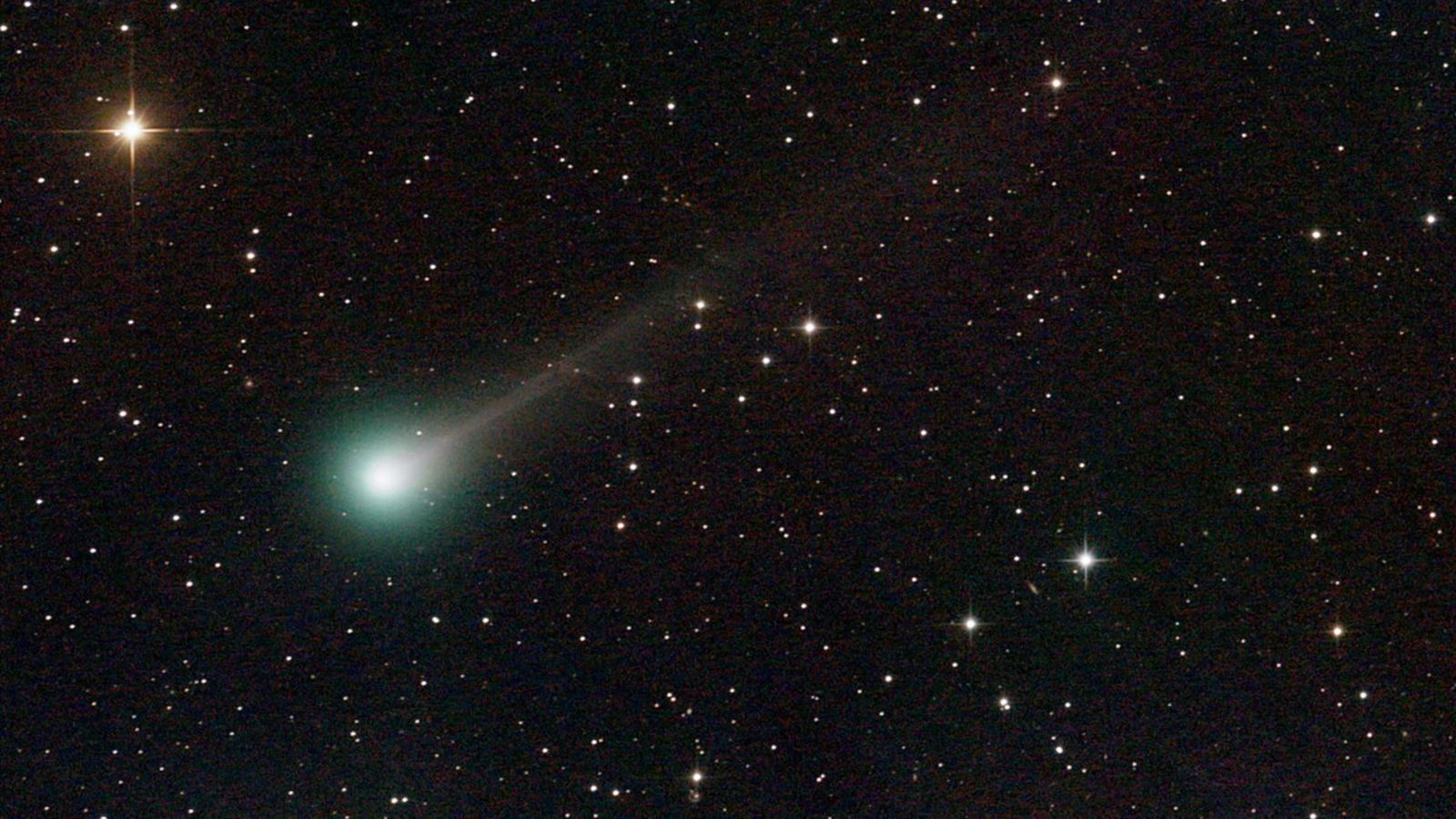A massive system of rotating ocean currents in the North Atlantic is behaving extremely strangely, possibly because it is approaching a tipping point, a new analysis of clam shells shows.
The North Atlantic subpolar gyre plays a key role in transporting heat to the Northern Hemisphere, and it is a part of a much larger network of ocean currents called the Atlantic Meridional Overturning Circulation (AMOC). But new evidence suggests the subpolar gyre has been losing stability since the 1950s, meaning the gyre’s circulation could weaken substantially in the coming decades, researchers report in a study published today (Oct. 3) in the journal Science Advances.
The North Atlantic subpolar gyre is a limb of the AMOC, but it can cross a tipping point independently from the giant network of currents. The climate outcomes for Europe, in particular, would be similar to those that would be triggered by a collapse of the AMOC, although they may be less intense because the AMOC is so much bigger, Arellano Nava said. However, “even if the consequences are not as catastrophic as for an AMOC collapse, a subpolar gyre weakening can bring substantial climate impacts,” she warned.
Previous research suggests the AMOC could collapse in the near future because its main engine — a cascade of dense water from the surface of the North Atlantic and Arctic oceans to the seabed — is failing. This cascade, which until now was made of extremely cold and salty water, is being diluted by meltwater and warmed by rising global temperatures, meaning the water in some places is no longer dense enough to sink properly. (Cold, salty water is denser than warmer, less-salty water.)
A similar fate is expected for the North Atlantic subpolar gyre, which also relies on surface water sinking to the ocean floor. A cascade of dense water at the core of the gyre keeps the rotating currents moving, Arellano Nava said. But the system is also partly driven by wind, so a complete collapse is unlikely, she said.
The North Atlantic subpolar gyre is a branch of the AMOC, so an AMOC collapse necessarily involves a dramatic weakening of the gyre. Conversely, a weakening of the subpolar gyre doesn’t automatically mean that the AMOC has collapsed, Arellano Nava said.
“The subpolar gyre can weaken abruptly without the AMOC collapsing,” she explained. “That’s what happened during the transition into the Little Ice Age, which happened in the 13th and 14th centuries.”
The Little Ice Age, which lasted from about 1250 to the late 1800s, is one of the coldest periods on record in the Northern Hemisphere since the end of the last ice age. Average temperatures dropped by about 3.6 degrees Fahrenheit (2 degrees Celsius), freezing rivers and harbors across Europe and North America solid in the winter, triggering agricultural crises and broadly throwing medieval society into chaos, according to The New Yorker. Although factors like volcanic eruptions and reduced solar activity contributed to the initiation of the Little Ice Age, the North Atlantic subpolar gyre is thought to have played a major role in strengthening it.
With climate change, conditions are dramatically different now than they were in the 13th century, so scientists don’t know if another Little Ice Age is possible, Arellano Nava said. Nonetheless, it illustrates some of the climate impacts that could be coming our way.
Clues in clams
For the new study, Arellano Nava and her colleagues analyzed existing datasets derived from the shells of two clam species living in the North Atlantic: Arctica islandica and Glycymeris glycymeris. Clams record information about the ocean in their shells as they grow; for example, they absorb different forms of elements like oxygen that can give researchers clues about oceanic processes over time.
“With clam records, we have that nice dating for each of the layers,” Arellano Nava said. “They are like the tree rings of the ocean.”

The researchers compiled 25 datasets to build a high-resolution picture of the North Atlantic subpolar gyre over the past 150 years. They found two strong signals of instability. The most recent is ongoing and suggests the subpolar gyre is approaching a tipping point as a result of global warming, which supports previous observations and research, Arellano Nava said.
But the other signal was a total surprise, she said. The clam data revealed that the subpolar gyre was unstable for a few years in the run-up to the 1920s North Atlantic regime shift. This previously described event was characterized by the strengthening of currents in the gyre. Instability in the subpolar gyre likely caused the 1920s regime shift, and the timeline suggests the period of instability may have reflected the subpolar gyre’s recovery from its Little Ice Age collapse, Arellano Nava said.
“It had to restrengthen at some point, but that’s not something we have full evidence for because we didn’t dive into those mechanisms,” she said.
Regardless of whether instability in the early 20th century was actually a signal that the subpolar gyre was returning to its full strength, the overlap between the signal in the clam data and the 1920s North Atlantic regime shift shows that the results are robust, Arellano Nava said.
“If you observe a loss of stability followed by a rapid change, then you are confident that these are early warning signals for an abrupt change,” she said.
However, another expert was less convinced. “The datasets are very useful because they are very well dated and allow insights into climate changes on a year-by-year basis,” David Thornalley, a professor of ocean and climate science at University College London who was not involved in the study, told Live Science in an email.
But the analysis did not link the patterns observed in the clam data directly to physical features in the ocean, nor provide strong support for a shift in the subpolar gyre’s mode of operation, Thornalley said. “I am sceptical about the interpretation,” he said.
Regarding the ongoing destabilization of the North Atlantic subpolar gyre, Arellano Nava said she and her team have moved on to map potential climate trajectories that this could unlock.
“We don’t know exactly what the tipping point is,” she said. “It could be the AMOC, … but we may be observing a subpolar gyre weakening first, and that’s worrying, definitely.”














